Follow us on our social channels.
Follow us on the channel that best suits you to receive our latest updates!
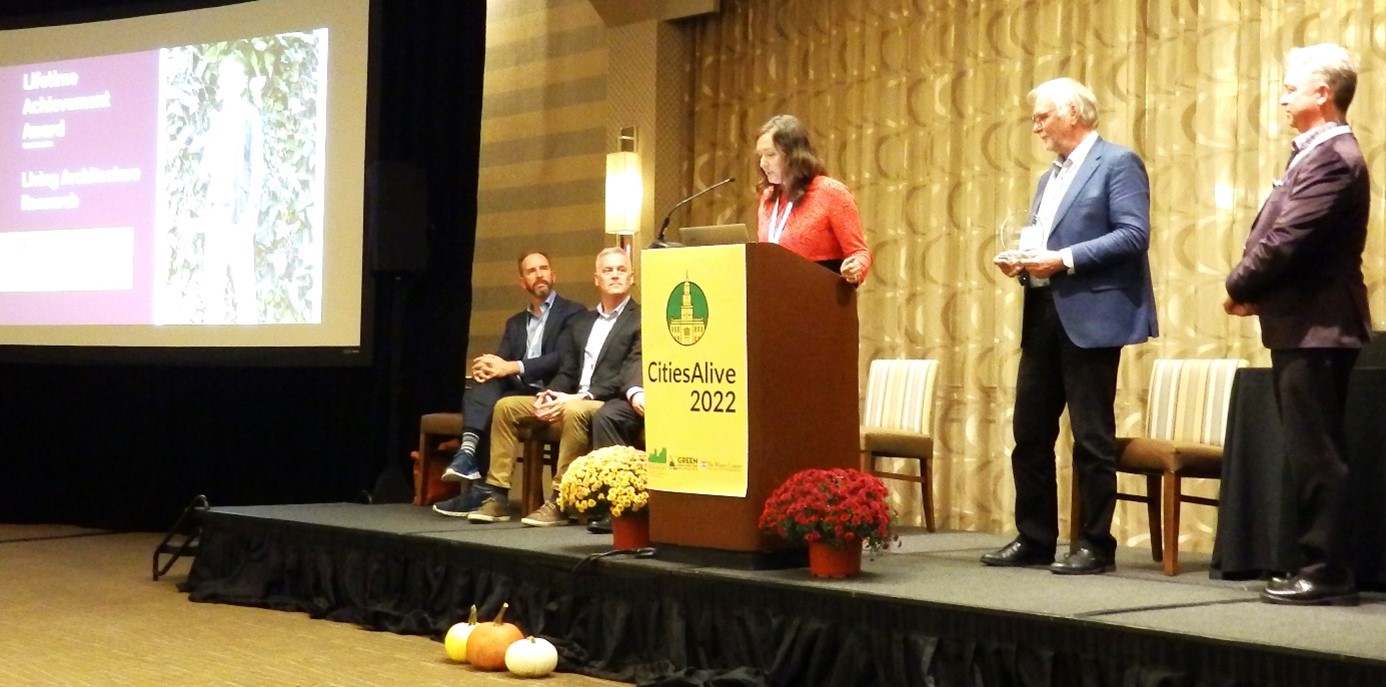
click for more
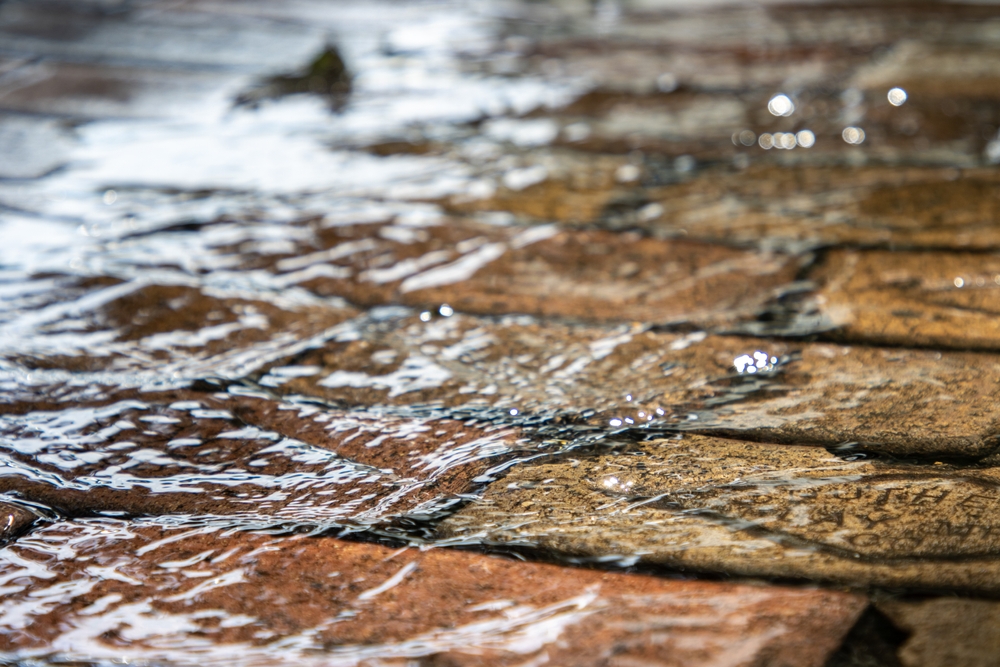
Investments in urban green infrastructure is the solution to extreme weather events, writes Luigi Petito for Living Architecture Monitor. The good thing is that
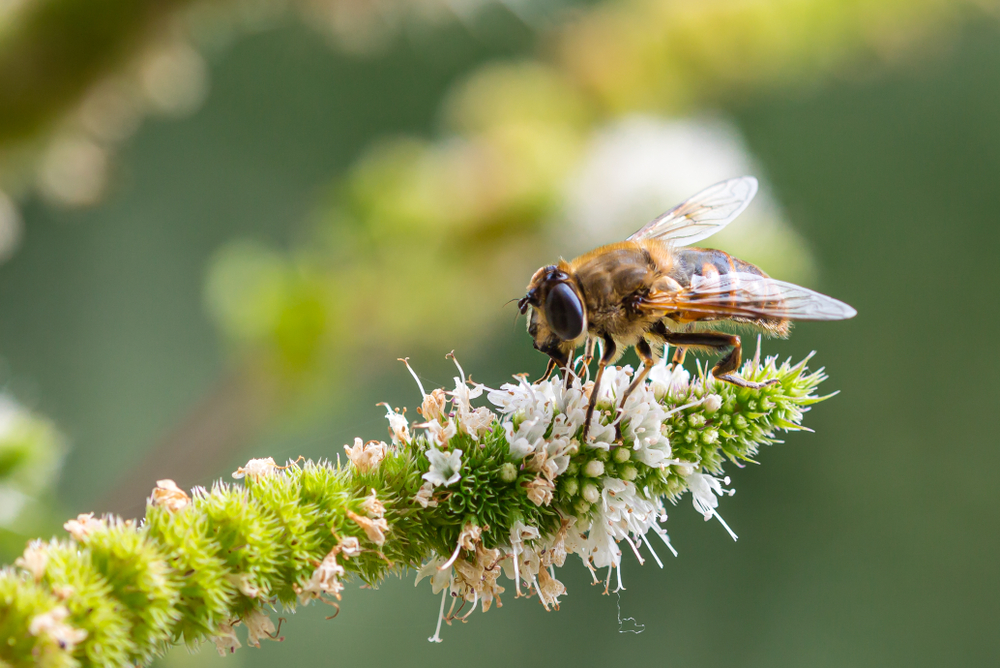
Green and blue infrastructure give an essential contribution to urban biodiversity, writes Luigi Petito in the Summer edition of Living Architecture Monitoring. On June 22,
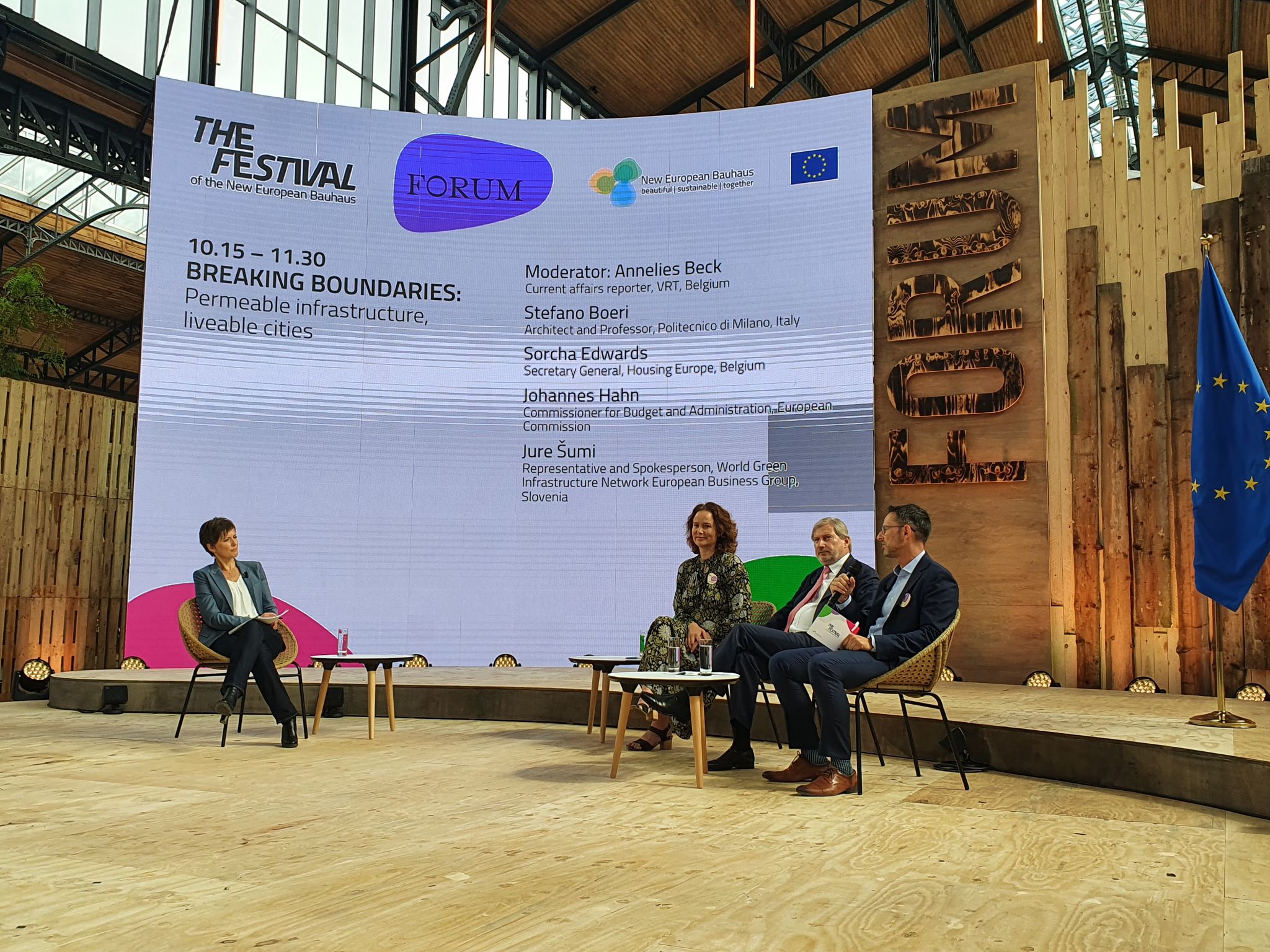
Municipalities need to act as ‘moderators’ and involve the local community in urban planning, suggests WGIN board member Jure Šumi. This is the way to
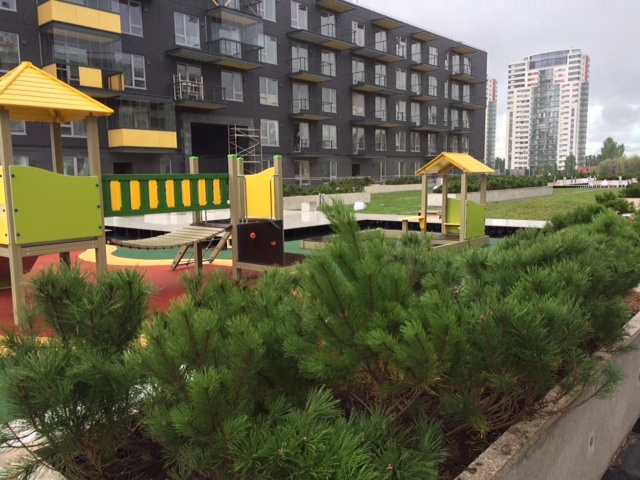
We have already been talking about the real performance of green roofs, in terms of improved energy efficiency, better storm-water management, lower heat-island effects and
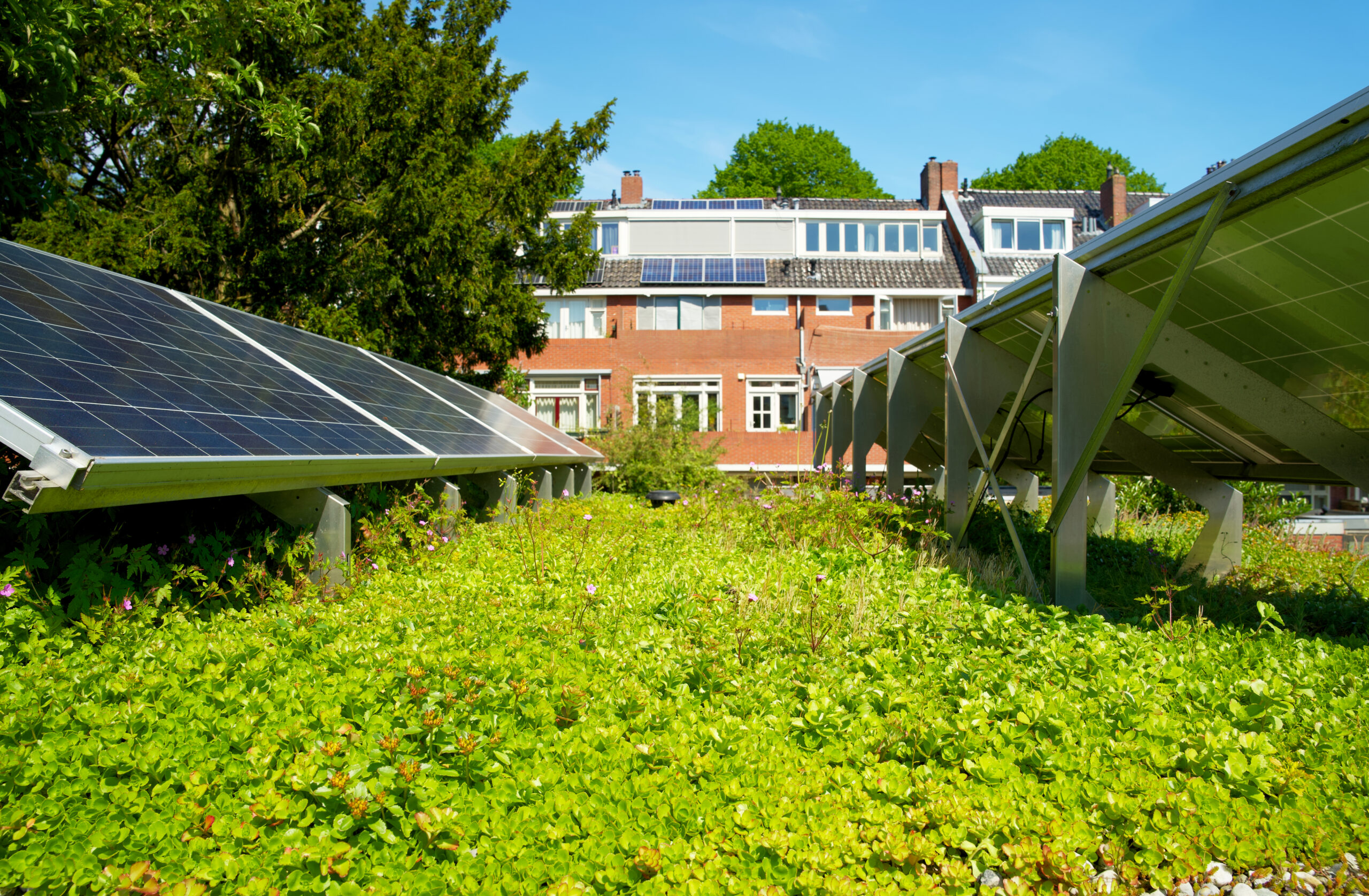
Solar panels on a green roof with flowering sedum plants. ID: 1984038584 The European Solar Rooftops Initiative presents a unique opportunity to maximize the impact
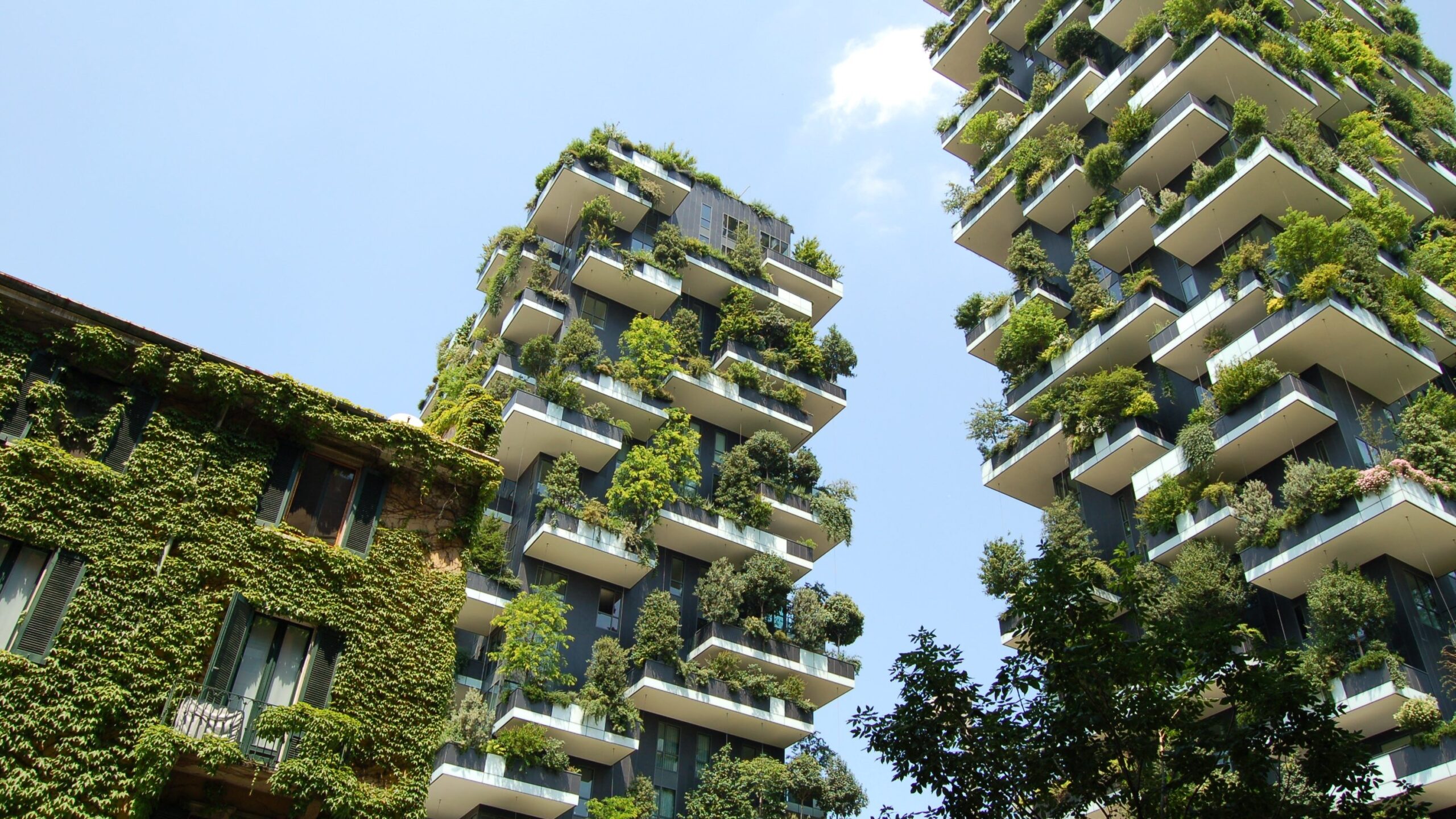
At EIMA, the international agricultural machinery exhibition in Bologna (Italy), the World Green Infrastructure Network presented proposals for new standards on green areas in rural,
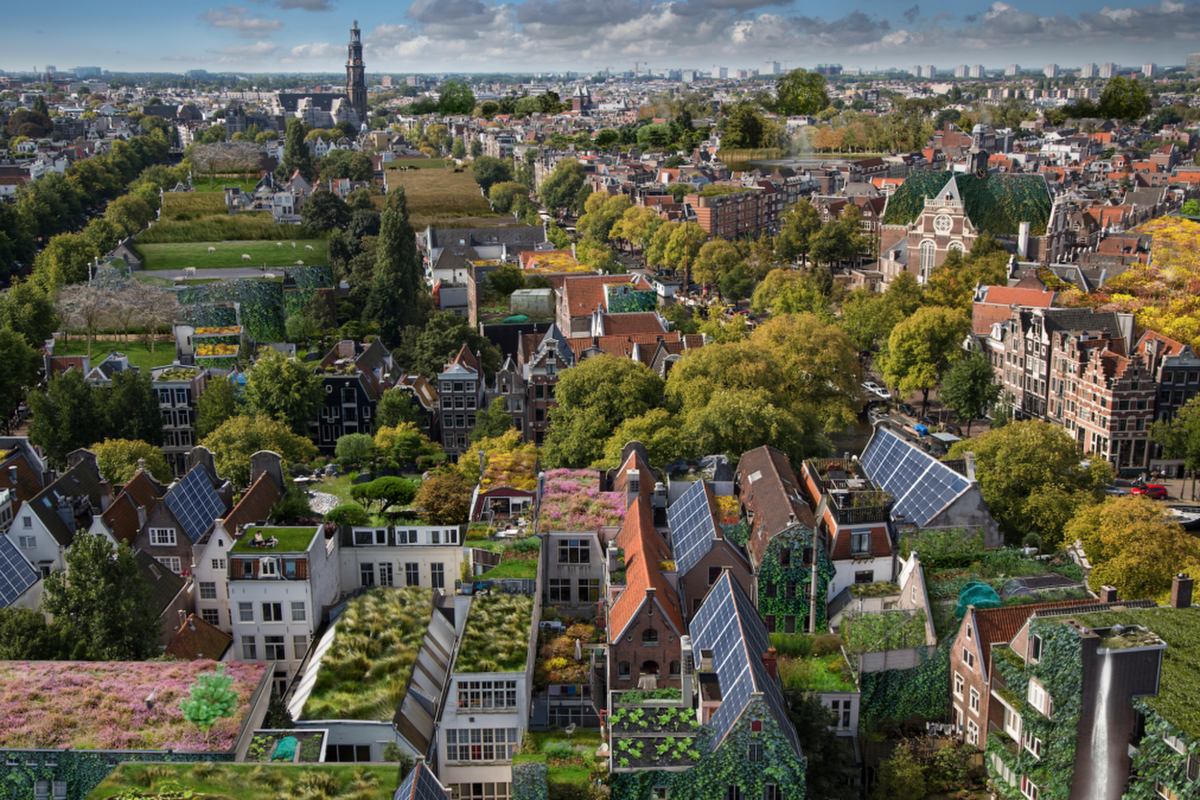
Boosting the uptake of green infrastructure through new EU rules on buildings’ energy performance can lead the way for decarbonised, healthier and more biodiverse buildings
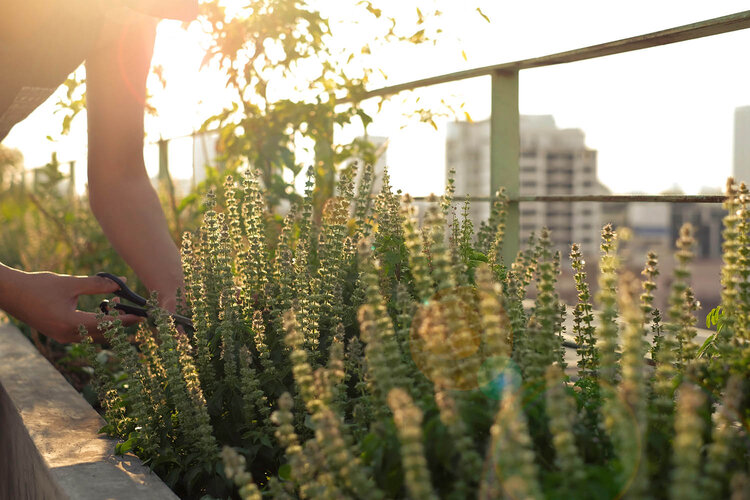
Rotterdam, The Netherlands: section of the Dakakker. ID:1415339051 By interweaving green infrastructure with the built environment, we can tackle some of the effects of human-induced
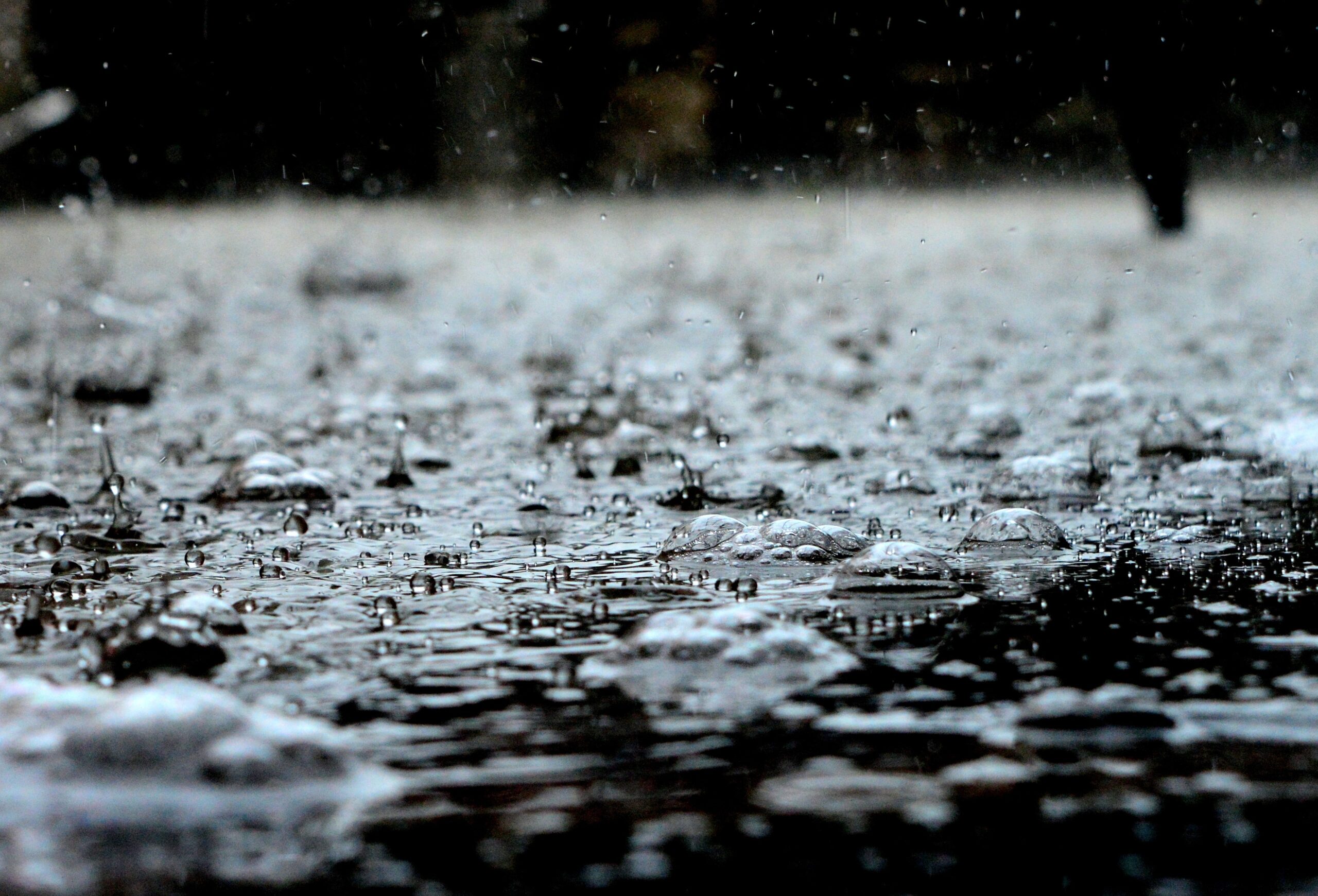
Blue-green infrastructure are key to help adapt urban rainwater management to climate change, reports Tagesspiegel Background (Germany). In Germany and the EU, experts are calling
Follow us on the channel that best suits you to receive our latest updates!
Join us. Get member benefits. Promote your company, projects, products and services.